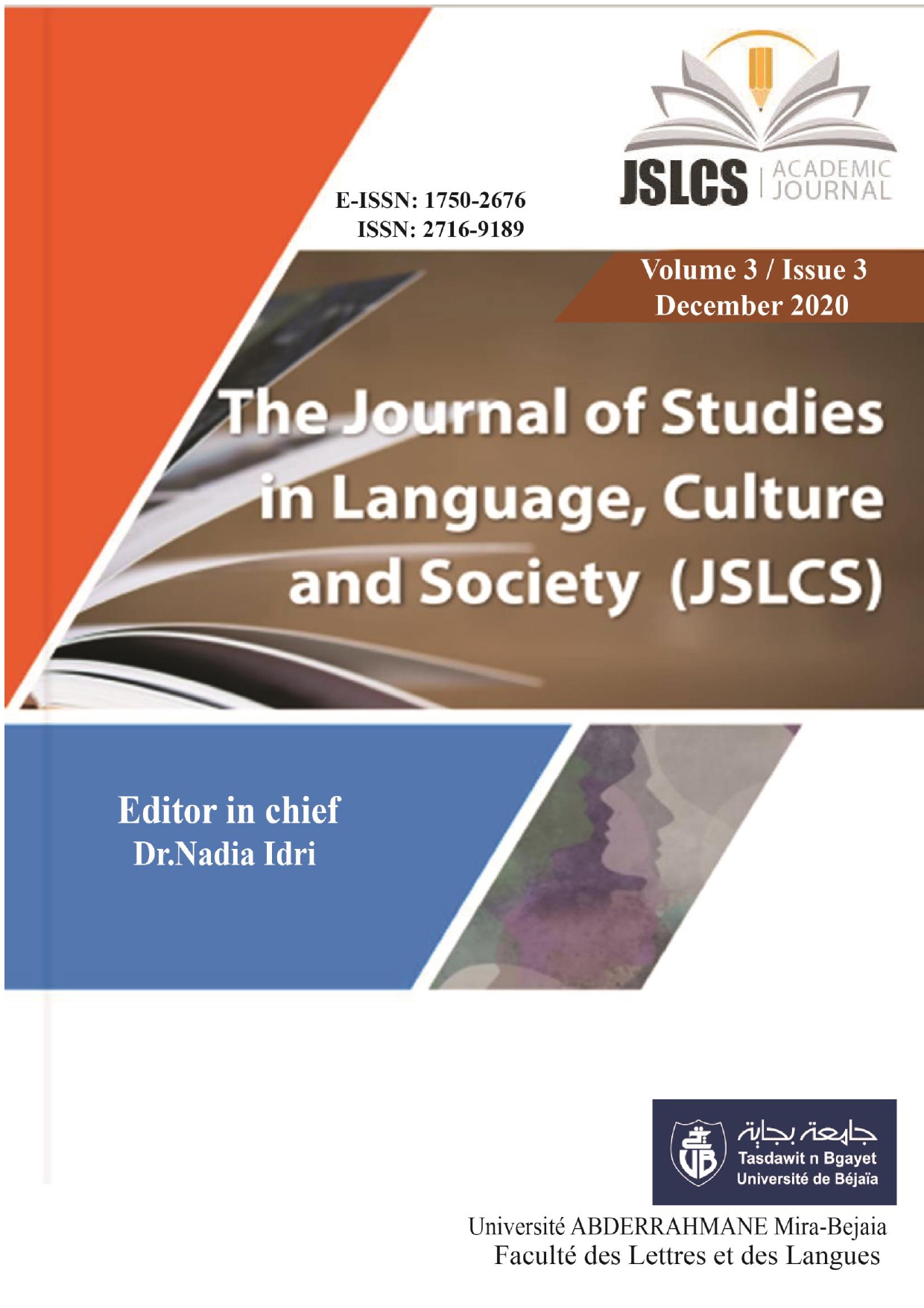White Supremacy: America's Original Sin?
Keywords:
White Supremacy/Supremacism, African-Americans, Discrimination, InjusticeAbstract
Writing about white supremacy in the US may sound unoriginal and trite but I believe it is way too important to continue studying it with regard to its relevancy and the challenges it continues to pause to justice, equity and harmony in the American society. Undoubtedly, it is path breaking to say that it is America’s original sin even though we have long been made to believe that racism is America’s original sin. Ideology and force have been its main vehicles. In other words, racism, or rather racialism, and violence allowed it to become institutionalized and to subtly operate. Power and privileges are at its heart and it seeks their accumulation and control. That is why it is the most decried and biggest internal problem of the nation. In the face of deeper divide of the US national fabric, regular discriminatory practices and hate acts against African-Americans that often culminate to countless murders and what seems like hereditary poverty, it becomes more than relevant to tackle the problem and find it solutions. Thus, this paper intends to study how white supremacy has become the nation’s original sin, its characteristics, the ways in which it operates and its consequences on African-Americans particularly. It contends that it has established and rooted itself in the nation’s fabric since settler colonialism in the America’s in the 15th century. It has been consolidated and institutionalized through nation-building and maintained itself through astute resilience. At the end, this capacity to adapt itself and continue to exist despite serious challenges makes it hard to be routed.
References
- Aptheker, H. (1983). American negro slave revolts. International Publishers.
- Bastide, R. (1957). Le noir aux Etats-Unis d’Amérique, introduction. Bulletin International des Sciences Sociales, UNESCO, IX(4), 449.
- Bell, D. A. (2008). Race, racism, and American law, sixth edition. Aspen Publishers.
- Bennett, Jr. L. (1993). Before the Mayflower: A history of Black America. Penguin Books.
- Brundage, W. F. (1993). Lynching in the New South: Georgia and Virginia, 1880–1930. University of Illinois Press.
- Coates, T. (2014). The Case for Reparations. Atlantic, https://www.theatlantic.com/magazine/archive/2014/06/the-case-for-reparations/361631/
- Delgado, R., & Stefancic, J. (2001). Critical race theory: An introduction. New York University Press.
- Diangello, R. (2018). White fragility: Why it’s so hard for white people to talk about racism. Beacon Press Books.
- Fleming, C. M. (2018). How to be less stupid about race. Beacon Press.
- Goldberg, D. T. (1990). Anatomy of racism.: University of Minnesota Press.
(2009). The threat of race: Reflections on racial neoliberalism. Oxford and Malden, MA: Wiley-Blackwell.
(2002). The racial state. Oxford and Malden, MA: Blackwell.
- Graham, K. M. (2012). Beyond redistribution: White supremacy and racial justice. Lexington Books.
- Joseph, P. l E. (2001). Black reconstructed: White supremacy in post civil rights America”, The Black Scholar, 25(4), 52-54.
- Jung, M., et al. (2011). State of white supremacy: Racism, governance, and the United States. Stanford University Press.
- Kaplan, H. R. (2011). The myth of post-racial America: Searching for Equality in the Age of Materialism. Rowman & Littlefield Education.
- Kauanui, J., & Kehaulani, K. (2016). A structure not an event’: Settler colonialism and enduring indigeneity. Lateral: Journal of the Cultural Studies Association, 5(1).
- Lieberman, R. C. (2005). Shaping race policy. Princeton University Press.
- Lu, D. et al. (2020). Faces of power: 80% are white, even as U.S becomes more diverse. https://www.nytimes.com/interactive/2020/09/09/us/powerful-people-race-us.html
- Maldonado-Torres, N. (2010). The time and space of race: Reflections on David Theo Goldberg's interrelational and comparative methodology. Patterns of Prejudice, 44(1).xc.
- Mills, C. W. (1997). The racial contract. Cornell University Press.
- Moses, W., J. (1998). Afrotopia: The roots of African-American popular history. Cambridge University Press.
- Omi, M. & Howard, W. (1994). Racial formation in the United States: From the 1960s to the 1990s. Routledge.
- Palmer, C. A. (1998). Passageways: An interpretive history of black America, Volume II: 1863–1965. (pp. 113–21). Harcourt Brace.
- Waldrep, C. (2009). African-Americans confront lynching: Strategies of resistance from the civil war to the civil rights era. Rowman & Littlefield Publishers, Inc.
- Winant, H. (2004). The new politics of race. University of Minnesota Press.
- Winthrop D. J. (1974). The white man’s Burden: Historical origins of racism in the United States. Oxford University Press.
- Yudell, M. (2014). Race unmasked. Columbia University Press.
- Zinn, H. (2003). A people’s history of the United States: 1492-Present. HarperCollins Publishers.








